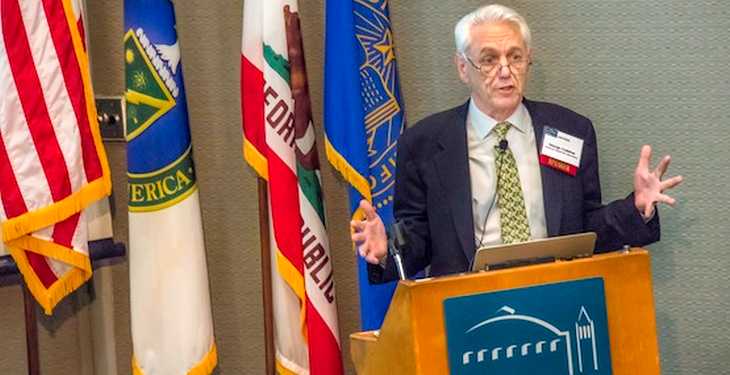The striking and swift evolution of cell phones from cumbersome bricks to sleek, powerful devices owes a lot to the development of the lithium ion batteries used to charge them up, according to CNBC.
“Lithium-ion has been transformative for personal electronics,” George Crabtree, director of the Joint Center for Energy Storage Research (JCESR) told CNBC’s Sustainable Energy.
“It’s gotten about a factor of three better in energy density,” Crabtree added. “When it was introduced in 1991, it was already a factor of two better than the next best battery.”
A public-private body, the JCESR says its overarching goal is to develop energy storage solutions that are clean and can be used in transportation and the electricity grid.
The importance of good storage technology should not be underestimated, and the International Energy Agency has said that such technologies have the potential to be “an important tool in achieving a low-carbon future.”
Innovations in battery storage are seen by many as being key to the renewables industry and its efforts to compete with more traditional fossil fuels. Because when it comes to sources like solar and wind, the challenges facing energy storage are manifold. While they are good for the planet, they do not promise a constant stream of power.
“This is sort of a ‘storage moment’,” Crabtree said. “We’re looking for batteries to do for transportation and the electricity grid what they’ve done for personal electronics, to really make a huge change in the way these systems operate.”
Scientists at the JCESR are studying materials and processes in minute detail in order to develop technology that could transform our lives.
As technology develops, options other than lithium-ion batteries are being considered.
“The easiest one is to replace lithium – which has a single charge on it – with magnesium, calcium or zinc, each of which have two charges on it,” Crabtree said, adding that this would double the amount of energy stored or released.
“The second kind of next-generation battery would be lithium-sulphur for example,” he added. “Theoretically, it can be a factor of 10 more energy dense than lithium ion: if you get even half of that potential, then that would be transformative.”
For Crabtree, the industry seems to be on the cusp of some big developments.
“We’re on the verge now of a similar kind of change in the electricity grid that we’ve seen in telephones,” he said. “The grid of the future will not look anything like the grid of the past and energy storage will be a critical factor in creating that grid of the future.”
